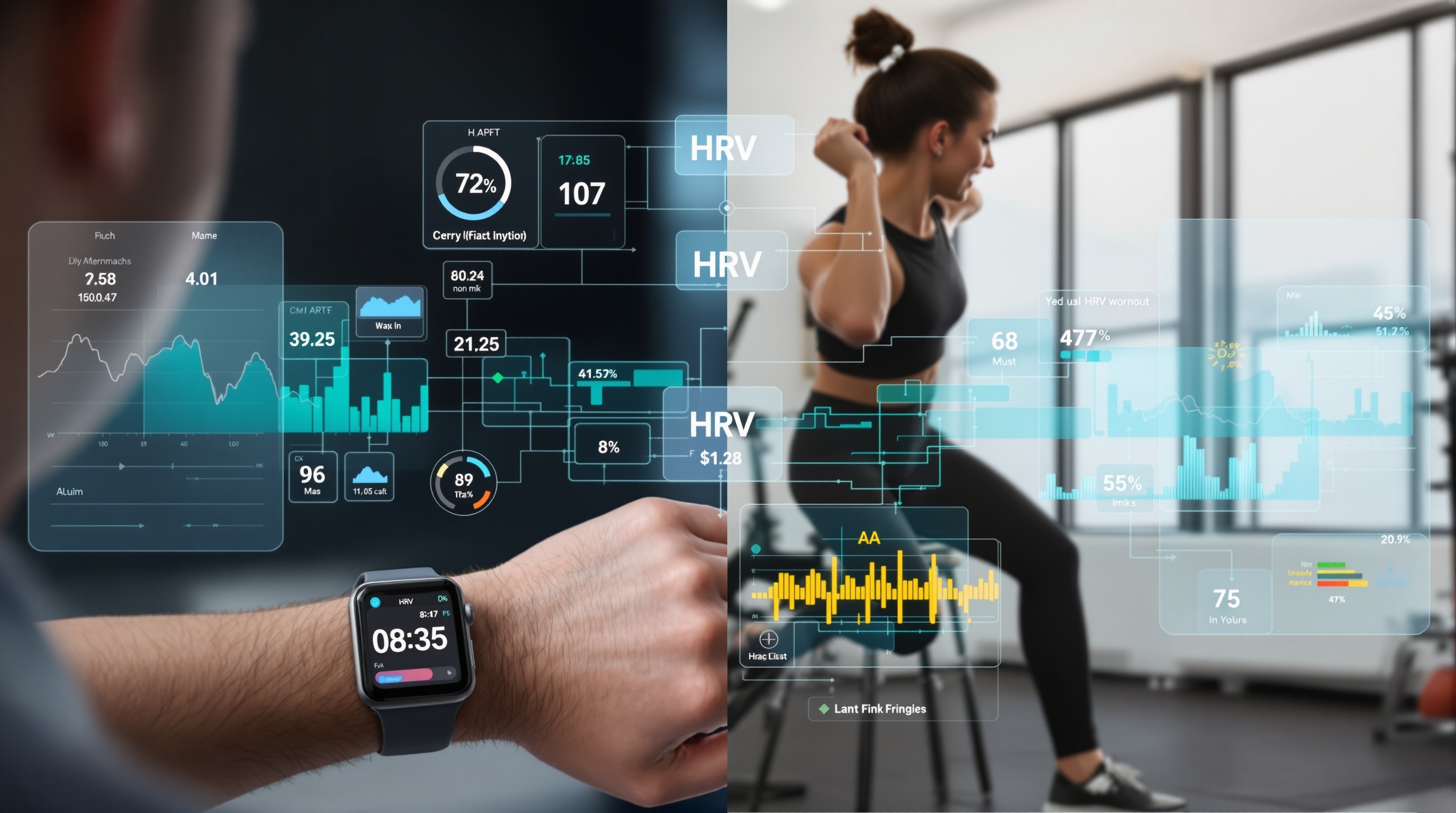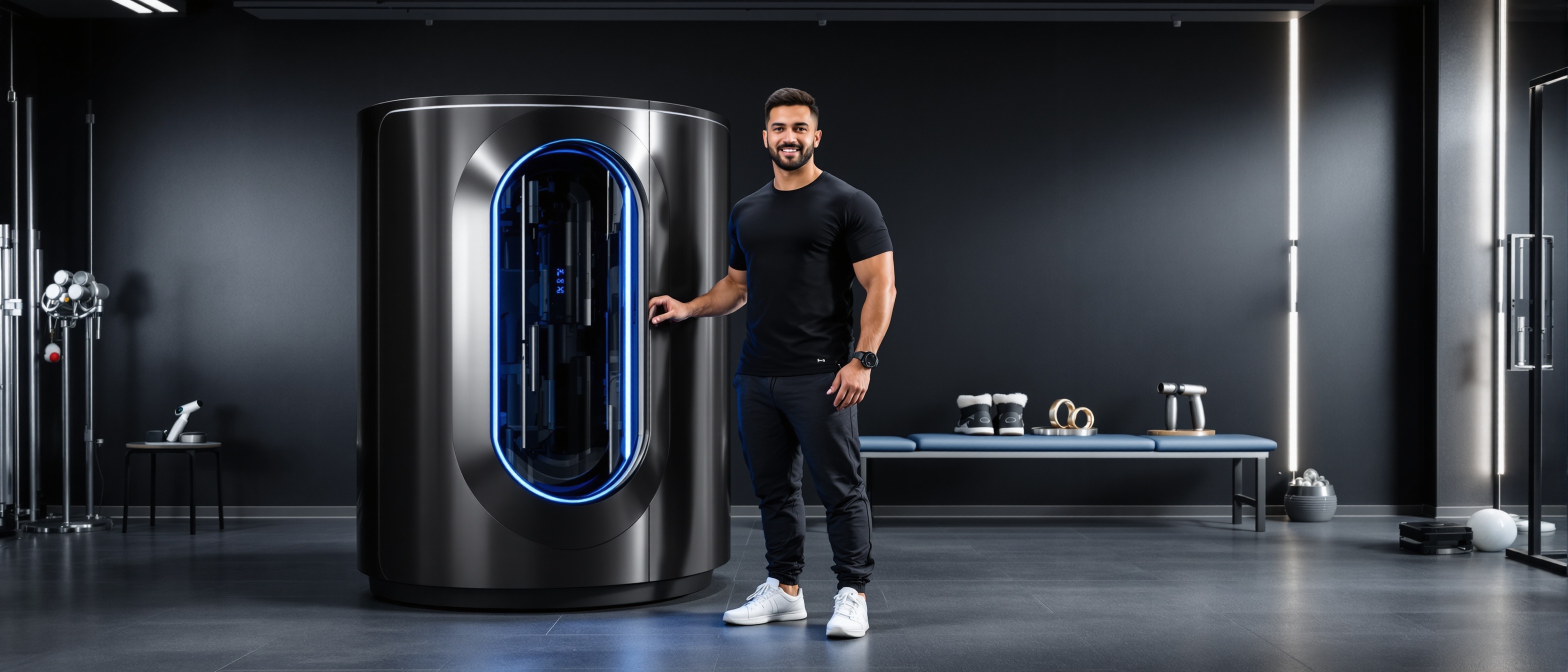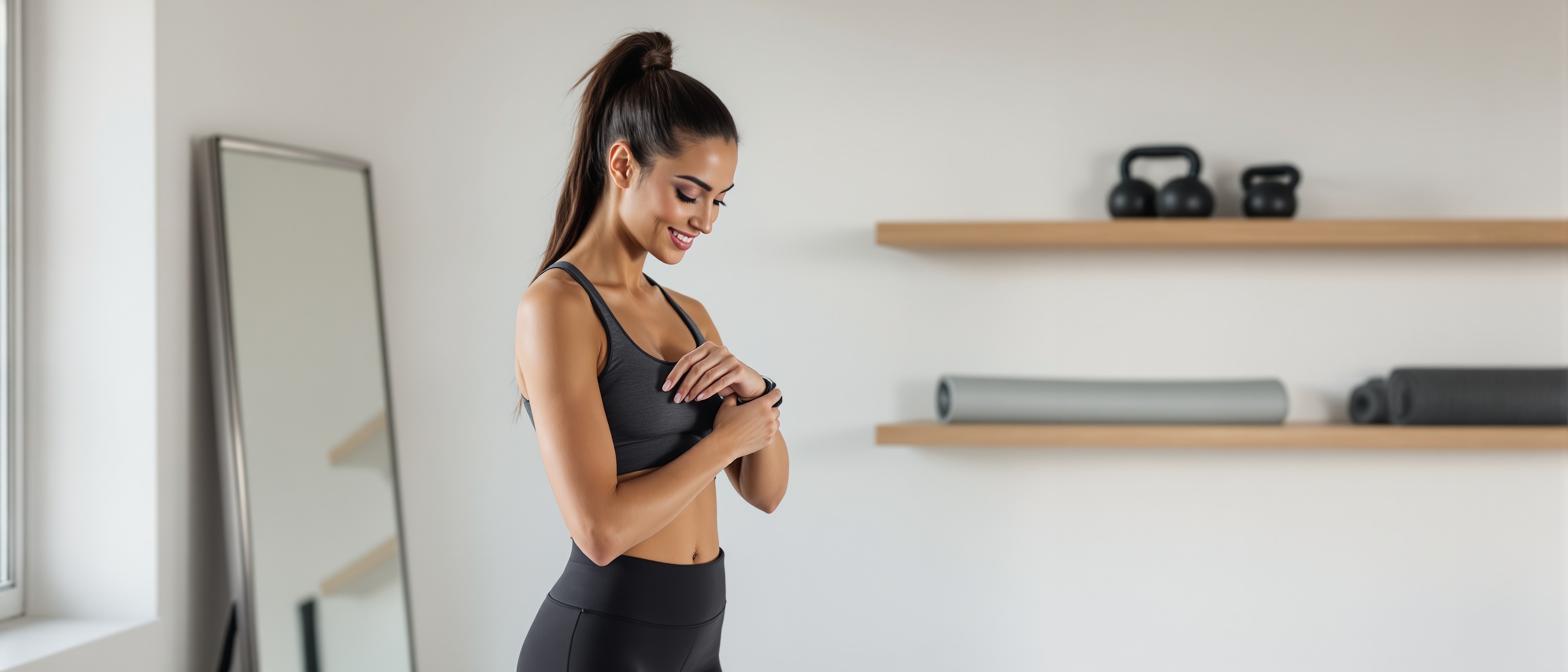HRV Wearables for Recovery: The Complete 2025 Guide
Medical experts confirm that people with heart conditions or taking medications that affect heart rate should consult healthcare providers before using HRV data for training decisions [8]. HRV-guided training requires clinical oversight for individuals with cardiovascular conditions.
Red Flags to Watch For:
- Consistently declining HRV over 2+ weeks despite adequate recovery
- Dramatic HRV swings (50%+ changes) without obvious cause
- Sleep disturbances paired with elevated resting heart rate
- Feeling worse despite "good" recovery scores
If you notice these patterns, consider backing off training intensity and potentially consulting a healthcare provider or qualified coach.
Healthy Integration Practices:
- Never ignore persistent fatigue because your wearable says you're recovered
- Use data to enhance, not replace, your body awareness
- Take periodic breaks from tracking to avoid over-analysis
- Remember that life stress affects recovery metrics—don't blame poor training
Equipment Alternatives and Practical Recommendations
Not all wearables are created equal for recovery tracking. Here's what to prioritize:
For Serious Recovery Tracking:
- Chest-strap compatibility for more accurate HRV
- Consistent daily measurement timing
- Ability to export raw data
- Integration with training platforms
Budget-Friendly Options: Even basic fitness trackers can provide useful sleep and resting heart rate trends. Focus on consistency over precision—a simple device used daily beats an advanced one used sporadically.
Smartphone Apps: Several apps can measure HRV using your phone's camera. While less convenient than wearables, they can be surprisingly accurate for establishing baselines.
The Bottom Line: Data-Informed, Not Data-Driven
Your 73% recovery score is just one piece of a much larger puzzle. The real power of wearable recovery metrics lies not in any single number, but in the patterns they reveal over time.
Use your device to enhance your body awareness, not replace it. The technology should make you a better listener to your body's signals, not a slave to algorithms you don't fully understand.
Start simple: track your trends for a month, correlate the data with how you actually feel, and slowly integrate the insights into your training decisions. Your body still knows best—the wearable just helps you hear what it's saying.
The future of fitness isn't about perfect data; it's about perfect integration of technology with human wisdom. Your wearable is a powerful tool, but you're still the one holding the steering wheel.
References
[1] ACSM Announces Top Fitness Trends for 2025 — ACSM.org (2025). https://acsm.org/top-fitness-trends-2025/
[2] Heart Rate Variability (HRV) — Science for Sport (2024). https://www.scienceforsport.com/heart-rate-variability-hrv/
[3] Assessing the Accuracy of Popular Commercial Wearable Heart Rate Variability Sensors — Frontiers in Sports and Active Living (2021). https://www.frontiersin.org/journals/sports-and-active-living/articles/10.3389/fspor.2021.585870/full
[4] Analysis of Heart Rate Variability and Implication of Different Factors — PMC (2022). https://pmc.ncbi.nlm.nih.gov/articles/PMC8950456/
[5] Performance validation of six commercial wrist-worn wearable sleep trackers against polysomnography — Sleep Advances (2025). https://academic.oup.com/sleepadvances/article/6/2/zpaf021/8090472
[6] The Truth About WHOOP and Other Fitness Trackers — Two Percent (2024). https://www.twopct.com/p/the-truth-about-whoop-and-other-fitness
[7] Wearable Sensor Technology for Monitoring Training Load and Health in the Athletic Population — PMC (2020). https://pmc.ncbi.nlm.nih.gov/articles/PMC6960165/
[8] Guideline for the application of heart rate and heart rate variability in clinical practice — PMC (2024). https://pmc.ncbi.nlm.nih.gov/articles/PMC11089808/





